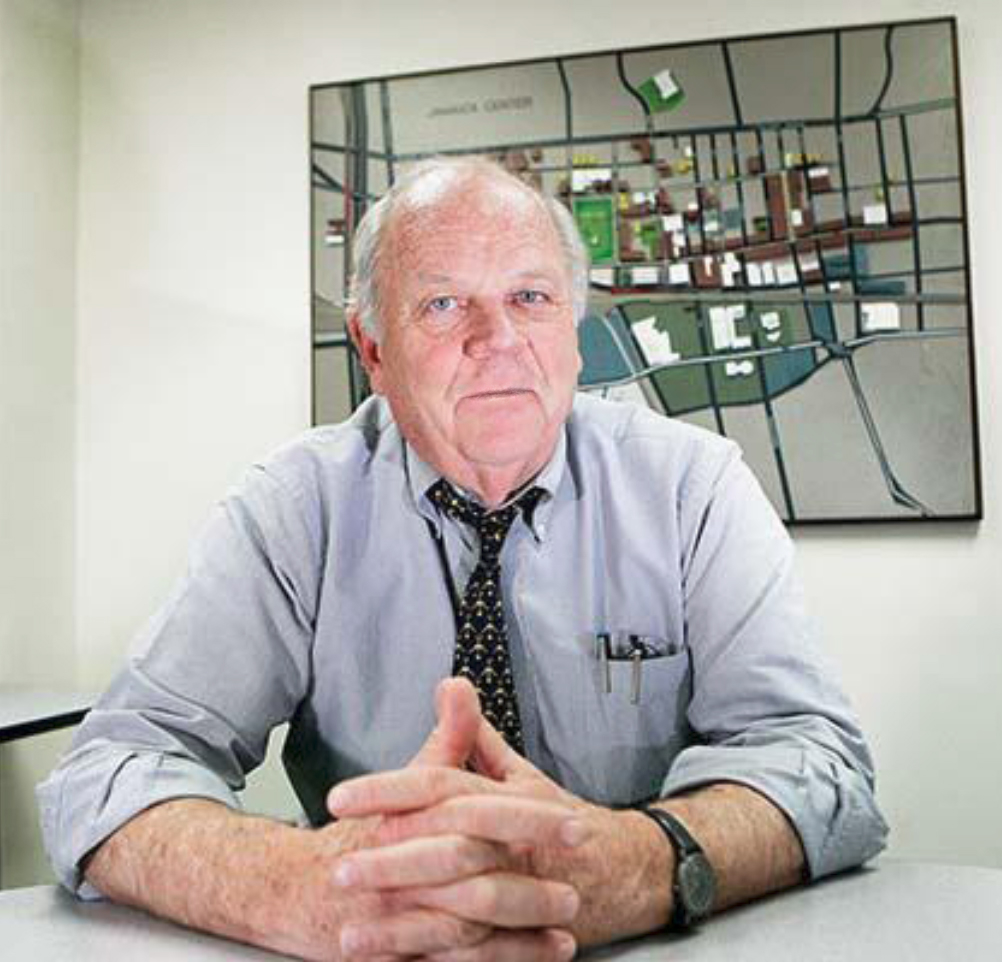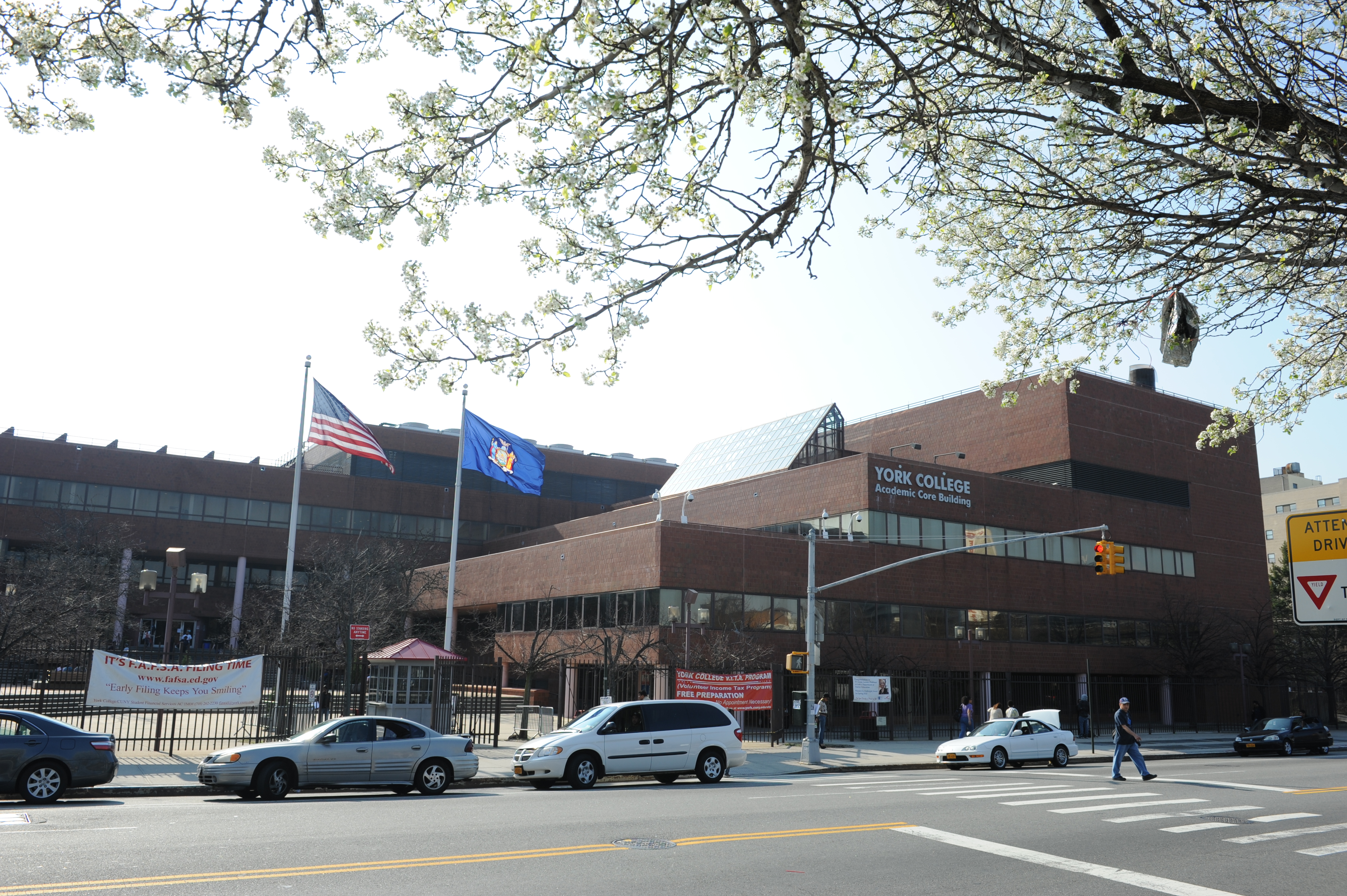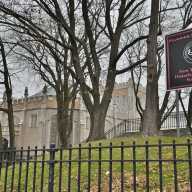Many people say Jamaica wouldn’t be the up-and-coming community it is today without Carlisle Towery.
Over the course of four decades, Towery has watched over Jamaica as the head of the not-for-profit Greater Jamaica Development Corp. (GJDC) and guided its regrowth as an emerging neighborhood.
He witnessed the initial economic decline throughout Jamaica as department stores and anchor stores shut their doors and left for brighter pastures in malls across Long Island and elsewhere as his organization planted the seeds of the future by working to attract various public and private projects to the neighborhood.
In the process he formed important business relationships, which helped to eventually bring back retailers and investors. Now developers around the city have been eyeing Jamaica as the next frontier for opportunity, and massive projects that will spur economic growth are already planned.
After setting the table for Jamaica’s revival, Towery plans to watch the completion of his work from the outside. He recently announced his retirement from the position where he has spent half of his life.
For his many accomplishments that have helped to improve the Jamaica community from all angles, The Courier has selected Towery as its Man of the Year.
“His most extraordinary contributions to Jamaica have been unparalleled in terms of his achievement, persistence, and creating an environment for business to grow,” said Victoria Schneps, publisher of The Courier. “He has focused his life’s work on all aspects of the Jamaica community, and has made it better for his having been there.”
Towery, born and raised in Alabama, received a bachelor’s degree in architecture from Auburn University and then moved to New York City to study urban planning at Columbia University in 1961 after earning a full scholarship.
He later went on to use his planning skills, including an assignment as chief urban designer of the Regional Plan Association, a Manhattan-based organization that focuses on improving urban growth across the New York metropolitan region.
While at the RPA he began working on a plan to transform Jamaica and repair the business community it started to lose. He presented the plan to the members of a chamber of commerce that represented Jamaica and impressed its board members.
At the time, the organization was working on establishing a not-for-profit, which would later become the GJDC, to bring economic growth back to a neighborhood that had suffered mightily from the urban decay of the early 1970s. The GJDC was formed and its new leaders picked Towery to be its first president in 1971.
“He is very bright and knowledgeable, conscientious, an excellent speaker and an expert planner,” said Vincent Albanese, a founder of the GJDC and current board member. “We were very impressed with his background, his expertise, and we were fortunate that [the RPA was] prepared to make him available to us.”
When Towery took the role of president of the GJDC he knew that he would be presented with a major challenge in the coming years.
Jamaica was heading into an era he later called the “disinvestment decade,” as downtown Jamaica’s anchoring department store giants, Macy’s, Gertz and Mays were all about to leave the area.
Towery fought to keep the stores, which he knew were the lifeblood of the community, but they all ended up exiting, starting with Macy’s in 1978. And as the bigger retailers left, so did smaller ones. Some banks and The Long Island Daily Press also closed around this time.
Jamaica had gone quickly from one of the city’s major commercial centers — a hub for Long Island shoppers who arrived at the Long Island Rail Road station — to a shell of its former self.
Its row of movie theaters, including the once-majestic Loews Valencia, shut their doors. The Valencia would later be resurrected and renovated as a church.
Towery oversaw city, state and federal partnerships over the next four decades that resulted in a revitalization of the neighborhood into one of the borough’s hottest development areas.
From 1978 to 1996, private investment in Jamaica totaled just $17 million, compared with the $364 million that has been invested in the last three years, according to the GJDC.
“He has had tremendous accomplishments,” Albanese said. “Jamaica was not growing, not serving the best interest of the business or residential communities. There was a tremendous need for a person of his caliber.”
Towery credits a number of strong public initiatives in Jamaica in the past few decades that led to the rebuilding of the downtown. He persistently advocated what he calls “pre-developments” through seven mayors and eight governors, dating back to John Lindsay and Nelson Rockefeller, and the federal government to attract more private investment.
This includes removing the Jamaica Avenue El and extending the subway to Parsons Boulevard, which started the creation of the transportation hub in the downtown area, and moving York College into the neighborhood instead of alternative sites.
Towery says York College’s move to Jamaica was the greatest development for the neighborhood while he was head of the GJDC because of the jobs it creates and the college’s ability to interact with the community in many ways.
“We worked our tails off to get York College here,” he said in a recent interview.
Today the college, part of the City University, is the only site in the borough selected to be part of Gov. Andrew Cuomo’s START-UP NY initiative, a much-heralded economic development initiative that will encourage businesses to partner with the school and move to Jamaica, either to a location on the campus or in the surrounding area, in exchange for wide-ranging tax breaks.
York College is now in negotiations with many businesses looking to partner with the school in exchange for being exempt from corporate, sales or property taxes for 10 years. The new businesses would move to a property near the school or build on a portion of 3.5 acres of vacant, government-owned land on campus. The college is slowly becoming the hub for business, opportunity and community that Towery envisioned it could.
The GJDC also supported building the new regional Jamaica headquarters for the U.S. Social Security Administration and U.S. Food and Drug Administration, which are two federal agencies that brought jobs into the neighborhood.
The not-for-profit also advocated for the construction of the AirTrain rail line from John F. Kennedy International Airport in 2003, which further expanded Jamaica’s transportation hub to new heights.
That transportation hub, which is now comprised of various subway lines, an LIRR station, numerous bus lines and the AirTrain, has become a magnet for development.
After a 368-block rezoning was completed in downtown Jamaica in 2007 near the transit hub to allow more developments with commercial and residential uses, more and more developers have been planning large-scale projects there.
Some local initiatives and projects that have helped shape Jamaica were original ideas the GJDC started under Towery’s leadership, such as the creation of the first business improvement district in the downtown area to focus on the growth of local stores and companies and the first green market in New York City.
“Carlisle has been extremely successful in attracting government resources to the downtown, and has been a leader in urban revitalization and ahead of lots of other people with ideas of how to make things go better in downtowns,” said Andrew Manshel, the GJDC’s executive vice president. “He has integrated arts and culture in economic development way before that got to be a standard practice.”
In 2014, the GJDC was proud to announce the development of a $225 million mixed-use, 29-story residential and commercial tower at the building it owns on 93-01 Sutphin Blvd. just north of the LIRR and AirTrain station. The project led numerous community leaders and politicians to proclaim the return of Jamaica, because it followed the 2013 announcement of a 210-room, 24-story hotel on the south side of the LIRR complex at 93-43 Sutphin Blvd., a plot of land that is partly owned by the GJDC.
Jamaica also saw some sales last year that showed developers were highly interested in purchasing land in the area and building commercial centers or residential properties. A 90,000-square-foot building and parking garage at 163-05 and 163-25 Archer Ave., which has 719,736 square feet of buildable space, was sold for $22 million in October. Additionally, a development site at 147-07 to 147-37 94th Ave., which has 420,000 buildable square feet, was listed for $24 million.
Going forward, Towery believes that Jamaica is in need of more housing developments, since most of the GJDC’s projects and partnerships have been unrelated to housing. New housing in the area should be 50 percent market rate, 30 percent moderate income and 20 percent low income for Jamaica, he said in a published interview.
Towery also said in that interview that his replacement should be a visionary who should pursue productive partnerships.
Towery plans to retire with his wife to their home in Maine. But because he’ll always be interested in what Jamaica will become in the future, he hopes to keep a close eye on the neighborhood as it completes its transformation.
RECOMMENDED STORIES







































